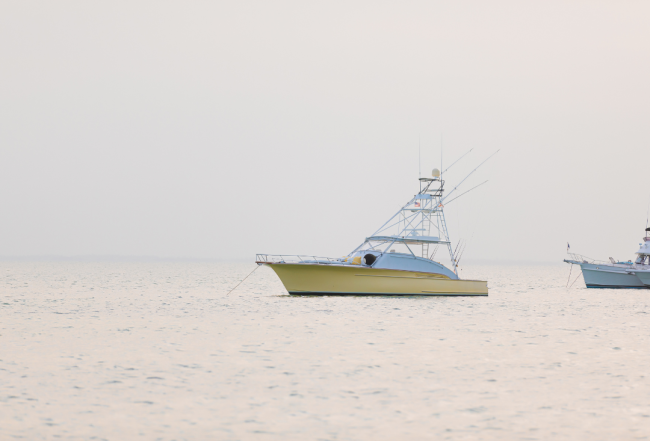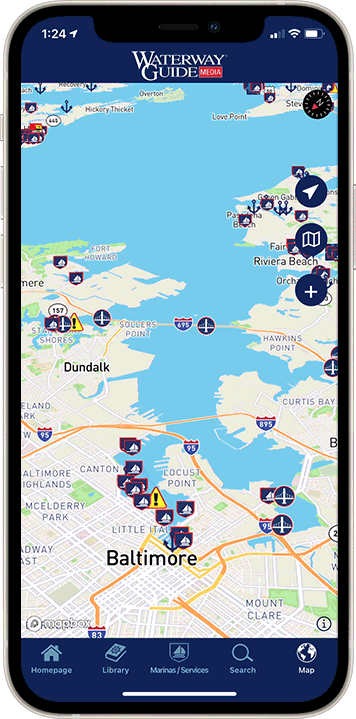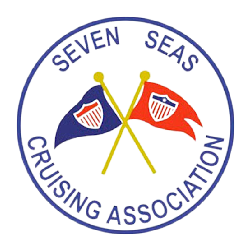
For over a decade, Florida legislators have grappled with the rules of anchoring. Following the completion of an 8-year pilot program conducted by the U.S. Fish & Wildlife Service that provided insight into the multitude of issues associated with vessels anchoring in the state's waterways, the Florida legislature approved House Bill 7043 that codified anchoring regulations in the state. The regulations, which offer clear guidance and specific requirements for boaters, localities, public safety agencies and law enforcement, went into effect July 1, 2017.
The following densely populated urban areas, which have narrow state waterways, residential docking facilities and significant recreational boating traffic, are designated as anchoring limitation areas, within which a person may not anchor a vessel at any time during the period between one-half hour after sunset and one-half hour before sunrise:
- The section of Middle River lying between Northeast 21st Court and the ICW in Broward County.
- Sunset Lake in Miami-Dade County.
- The sections of Biscayne Bay in Miami-Dade County lying between: Rivo Alto Island and Di Lido Island; San Marino Island and San Marco Island; and San Marco Island and Biscayne Island.
Exceptions
- If the vessel suffers a mechanical failure that poses an unreasonable risk of harm to the vessel or the persons onboard unless the vessel anchors. The vessel may anchor for three business days or until the vessel is repaired, whichever occurs first.
- If imminent or existing weather conditions in the vicinity of the vessel pose an unreasonable risk of harm to the vessel or the persons onboard unless the vessel anchors. The vessel may anchor until weather conditions no longer pose such risk. During a hurricane or tropical storm, weather conditions are deemed to no longer pose an unreasonable risk of harm when the hurricane or tropical storm warning affecting the area has expired.
- During special events, including public music performances, local government waterfront activities or fireworks displays. A vessel may anchor for the lesser of the duration of the special event or three days.
- Vessels engaged in commercial fishing or recreational fishing if the persons onboard are actively tending hook and line fishing gear or nets.
The bill provides that citations will result in a mandatory court appearance and a $50 civil penalty. Those failing to show up for court may be found guilty of a misdemeanor of the second degree, with more severe penalties (including impoundment).
The Bottom Line
As of July 2021, the State of Florida enacted a law that allows municipal governments and counties to manage anchorages. These new measures also provide guidance on the definitions of derelict vessels, use of unpermitted moorings and proof of pump-out when anchored for 10 days or longer in permitted mooring fields or No-Discharge Zones.
These new measures also provide guidance on the definitions of derelict vessels, use of unpermitted moorings and proof of pump-out when anchored for 10 days or longer in permitted mooring fields or No-Discharge Zones.
Be advised that regulations and laws will change for many designated and favorite anchorages in the state. Boaters should be aware of local ordinances before choosing an anchorage. Law enforcement will most likely be polite and understanding if you don't know the rules, but pulling up anchor and moving is not an activity you want to engage in after settling in following a day underway.
Dinghy Restriction in Miami Beach
It is also important to note that in the City of Miami Beach it is unlawful to tie a dinghy to a canal wall to visit the city. The city is also strictly enforcing the 20-minute limit for the dinghy dock at the end of 17th St. These restrictions carry stiff civil fines.











